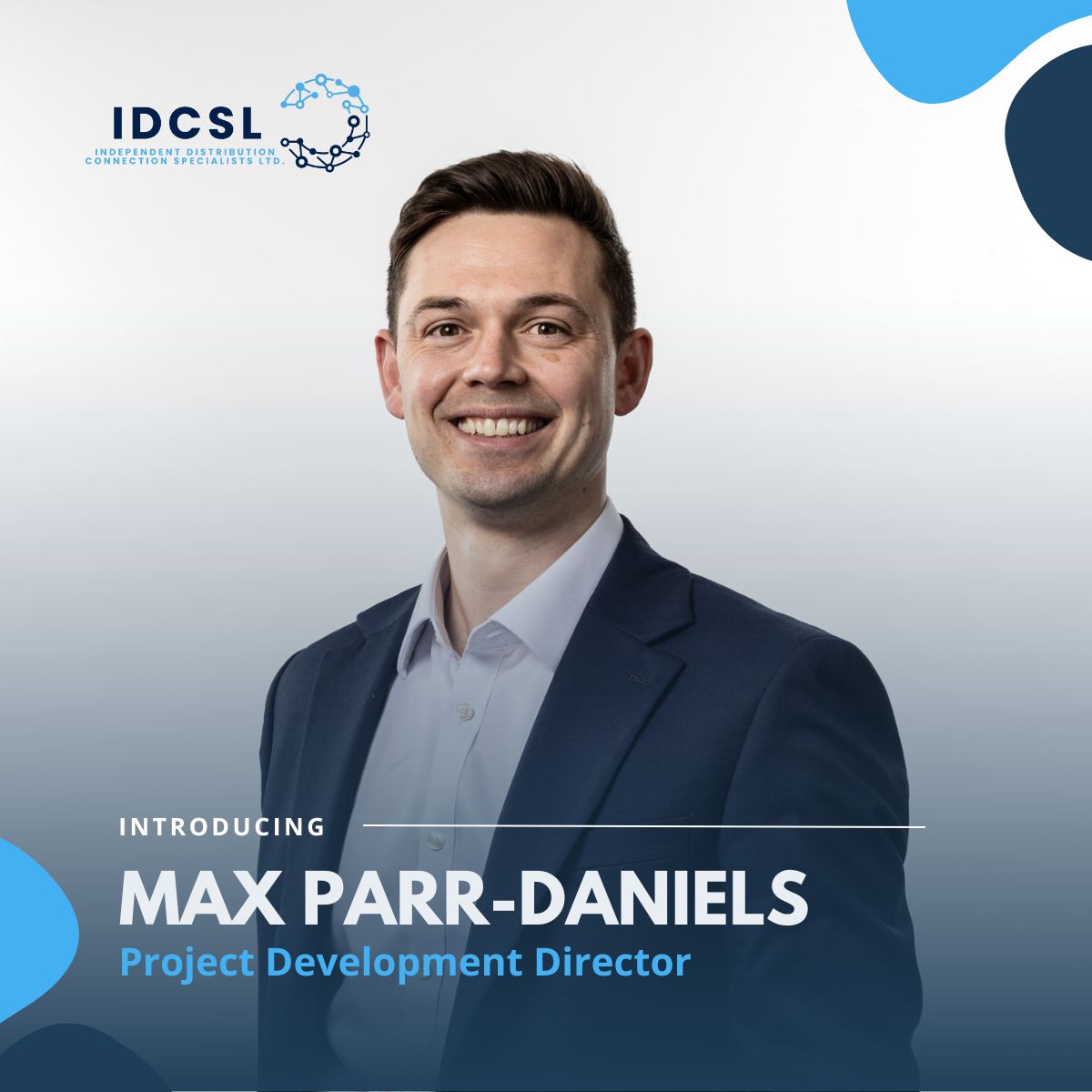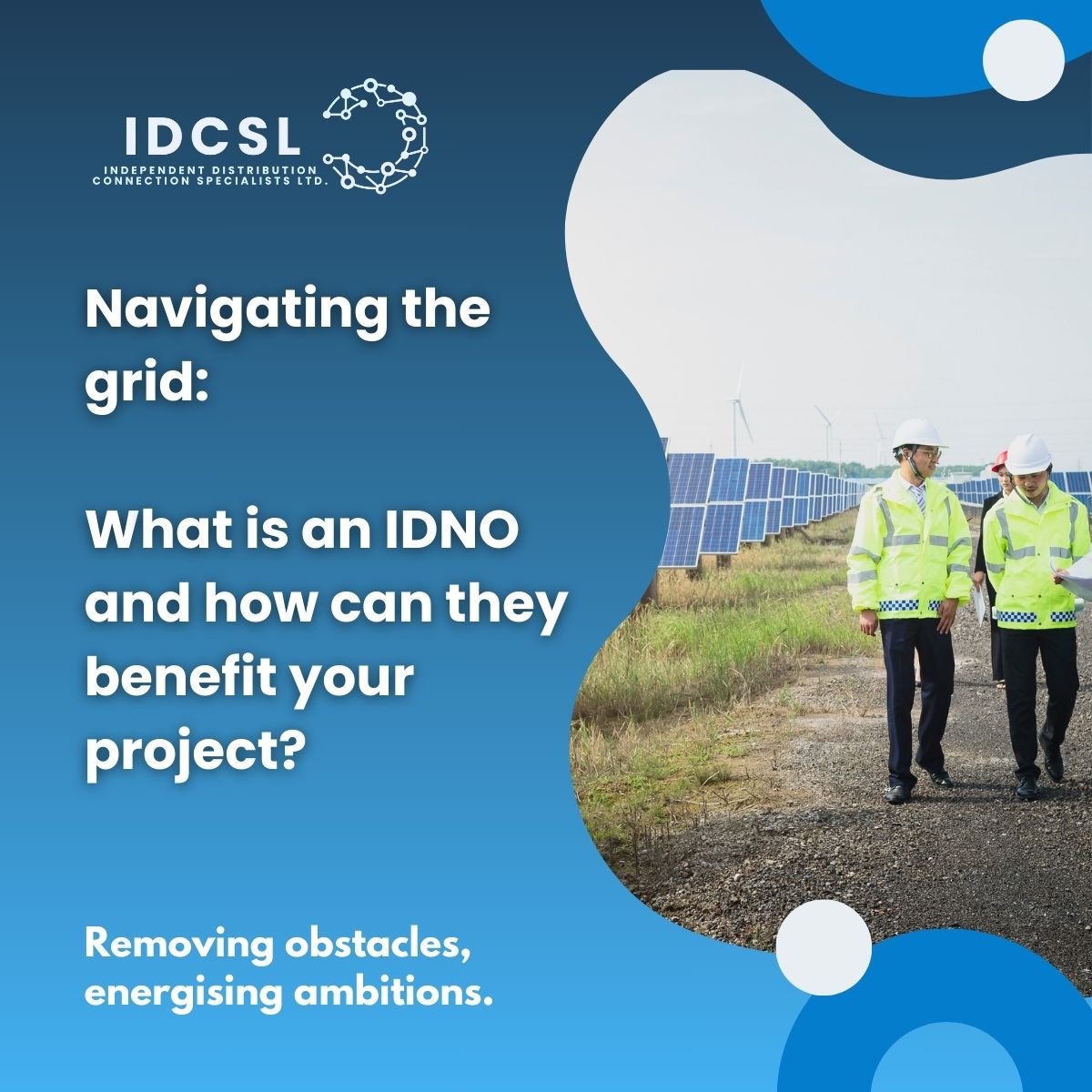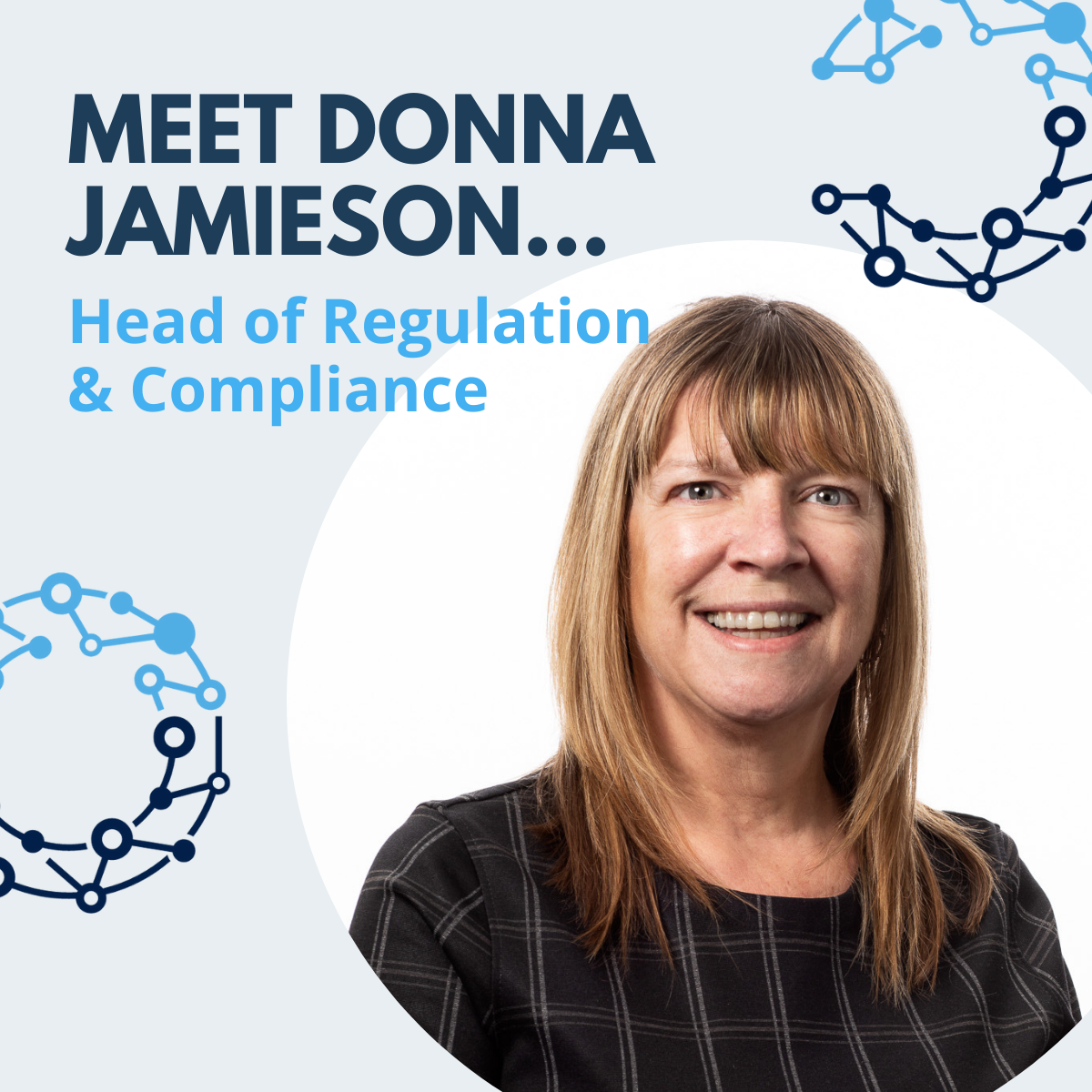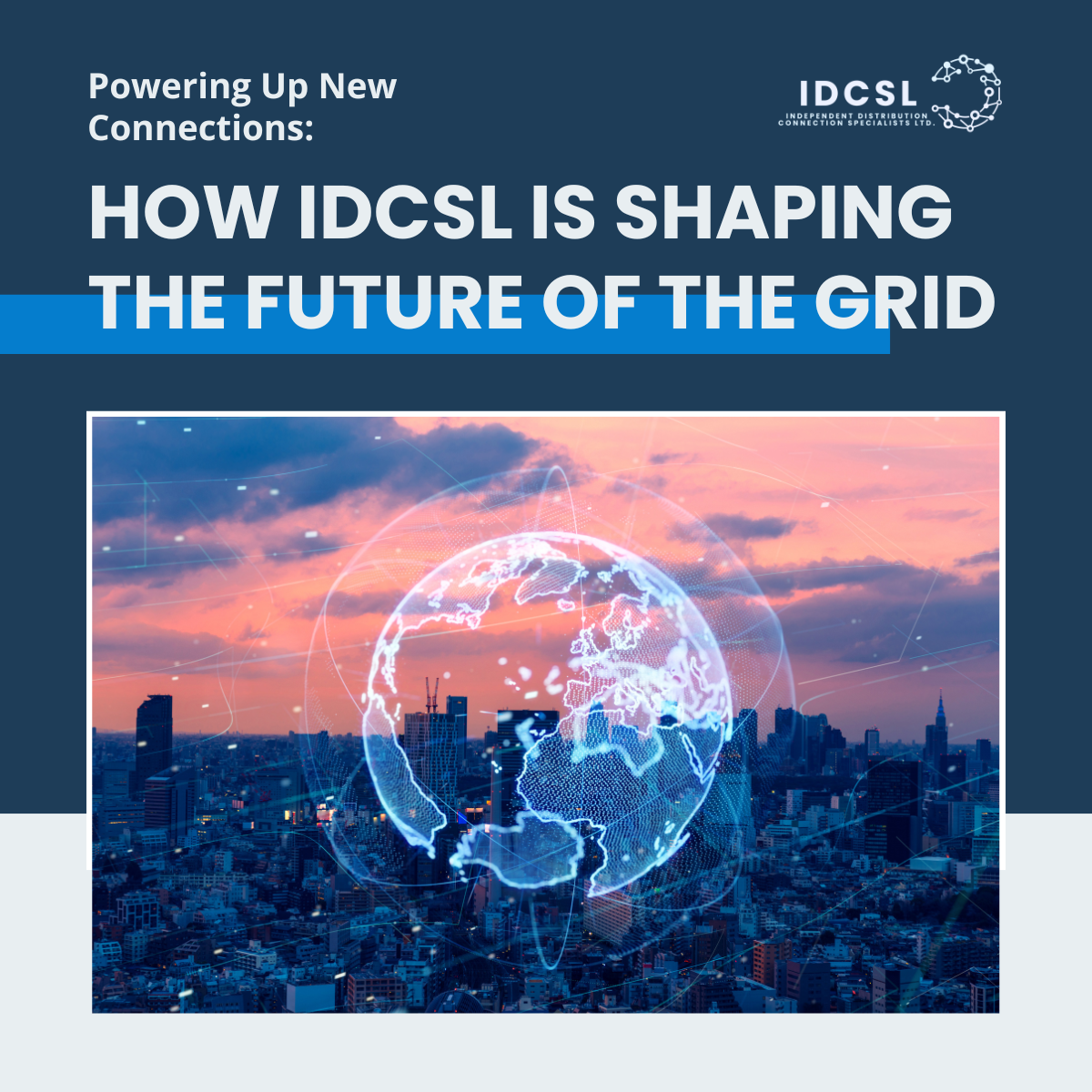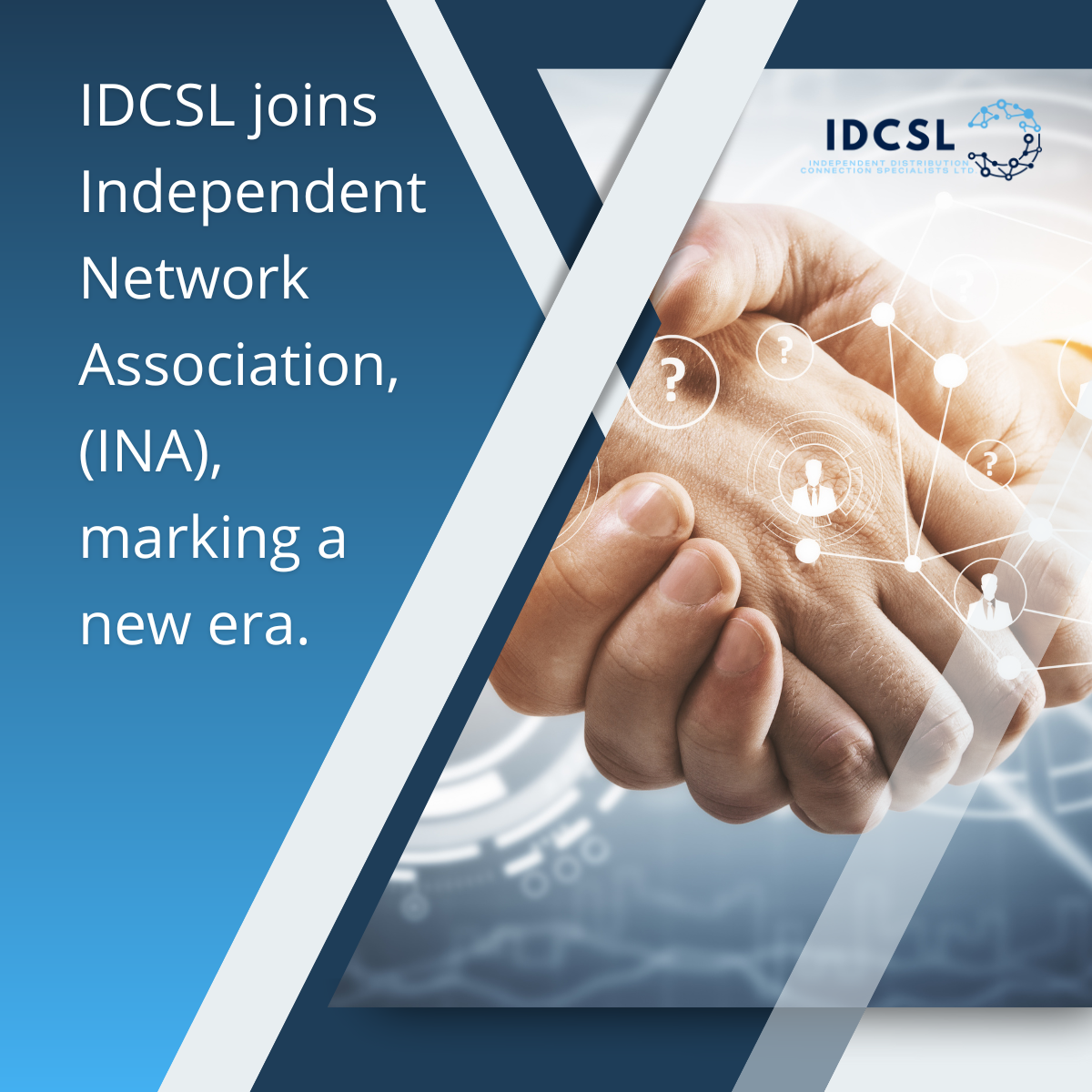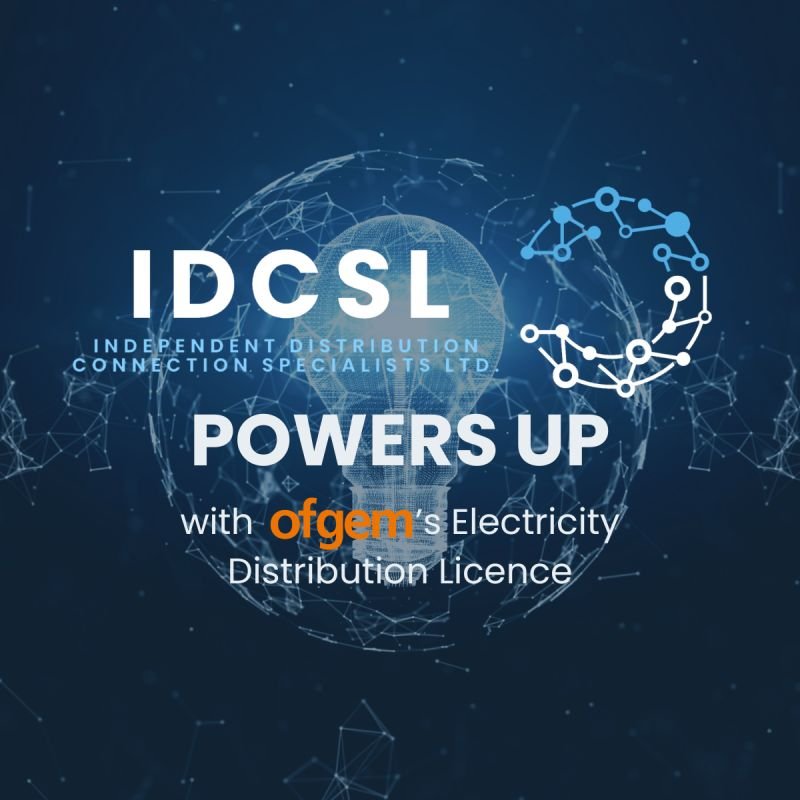Meet Frazer Brindle: Business Development Manager at IDCSL
Name: Frazer Brindle Job Title: Business Development Manager Places you’ve worked before: My career includes positions at multiple ICPs including H&MV Engineering, giving me a comprehensive understanding of the electrical utilities sector across both hands-on and commercial roles. What attracted you to the industry? I previously worked in the ICP sector for 12 years, both […]



